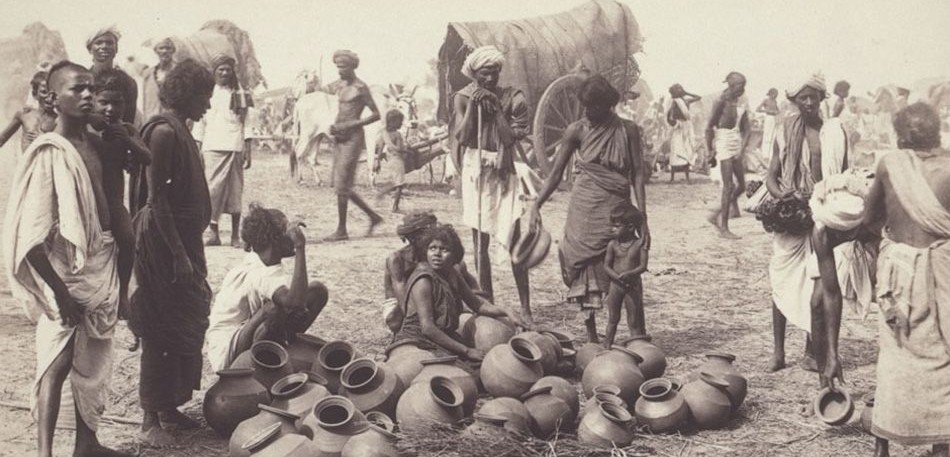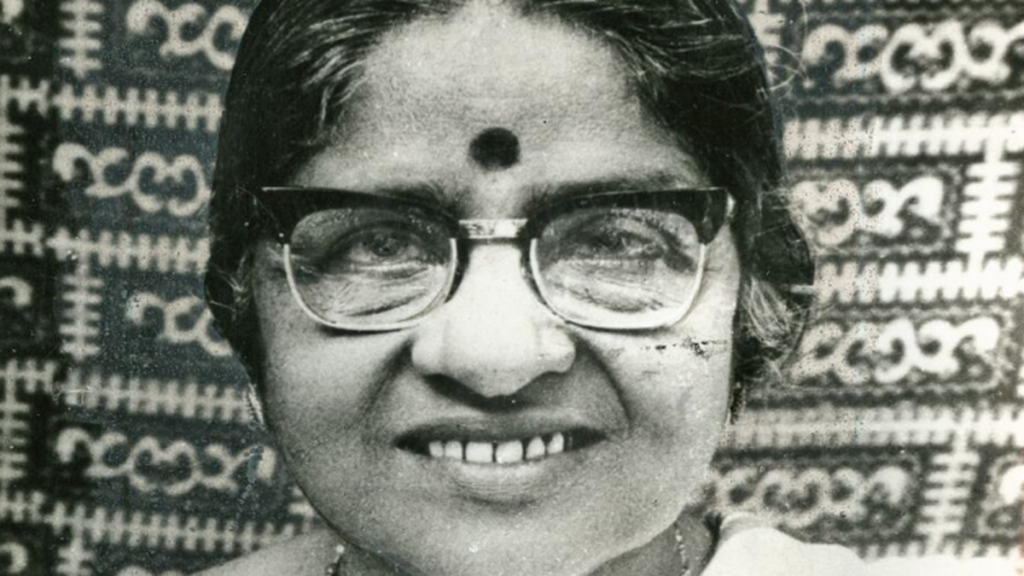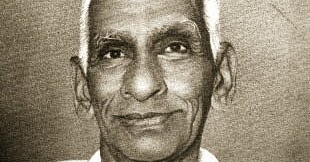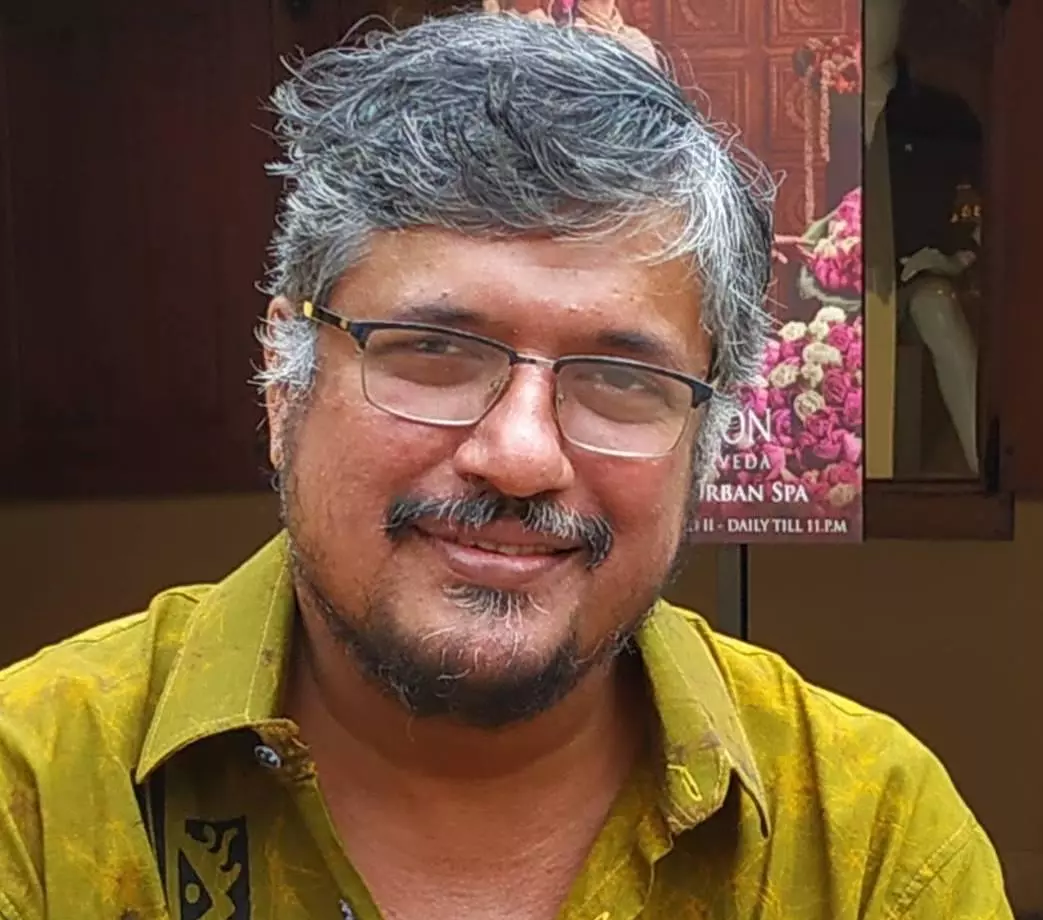
Reforming the Brahmin Mind: The Namboothiri Journey from Acharam to Knowledge
In this concluding part, Sunandan K.N. traces how, by the early twentieth century, the Namboothiri reform movement redefined acharam through the lens of modern knowledge. He examines how colonial education reshaped caste hierarchies by transforming ritual authority into claims of intellectual superiority and how the savarna–avarna divide was recast in the new order of “knowledge.”
Part Three
8 Minutes Read
Intervention of Knowledge and Redefinition of Acharam
By the 1920s the Namboothiri world of acharam faced serious challenges from both the inside and the outside. The order based on acharam became incapable of incorporating new and emerging social relations and concepts based on colonial forms of knowledge. This resulted in organised attempts in the leadership of the YKS to reform and to reconstitute the community-based on new principles.
The usual interpretation of the reform based on writers such as V.T. Bhattathirippad and Lalithambika Antharjanam posited acharam in opposition to knowledge. In the writings of Bhattathirippad and Antharjanam, education and modern knowledge is the force that challenges the existing acharam. At the same time, this explanation sidelines the other ways in which knowledge and acharam were related in the reform writings.
It is true that knowledge attained such an importance in the Namboothiri life that even the conservatives in the community began justifying the importance of acharam based on its relation to knowledge. The earlier attempts of incorporating new practices emerged within the order of acharam were no longer successful and the objective slowly changed to incorporate acharam into the folds of the new order of knowledge by reinterpreting the ritualistic practices of Namboothiris. Contemporary debates within the reform writers actively produced what they considered a scientific interpretation of acharam. This interpretation made some of the old practices appear superstitious or inhuman. The acharams in the daily life of Namboothiris did not transform radically in this period, but acharam was no longer the reference point for these actions.

The activities of the reformists made knowledge a debatable category within the community. Acharam still dominated the organisation of Namboothiri daily life, but at least one section of the community established communication and connection with the order of knowledge. The reformist criticism shook the unquestionable status of acharam and created a possibility that certain acharams could be changed or even excluded from daily life.
In 1920, in a meeting conducted at Thripoonithara, the young members of the community formed an association, the Nampoothiri Yuvajana Sangham (The Nampoothiri Youth Wing, NYS). The stated objective of the NYS was to propagate the ideals of the YKS and create awareness among members regarding the importance of education. The clear reason for forming such an organisation was to challenge the conservative leaders of the YKS partially from within and by using an independent platform as well. The NYS took initiative to publish a new journal Unni Nampoothiri (The Young Nampoothiri), which became an important medium in the reformists’ struggle against the conservatives. The formation of the NYS inaugurated a new face of reform where the inclination towards knowledge became clearer and stronger.
By the third decade of the century, the discourse of knowledge/ignorance significantly influenced the process of imagining the community. The NYS gradually moved into a more radical position regarding the question of education and acharam. They now strongly urged community members to join public schools even though that may be a violation of acharam. The reform leaders urged the members of the community to be equipped for new occupations, new family practices and in general for a new way of life. They emphasised that education was the first and foremost step for the beginning of this new life. This was the second stage where the order of acharam began losing its tight control over members and the order of knowledge appeared in the horizon of the self- imagination of the community. The immediate signs of this transformation were the use of universal categories such a Hindu religion, history, nation, etc., in the debate around reformation.

The writings on or by Namboothiris in the first two decades of the twentieth century, in various Malayalam magazines, newspapers and journals hardly mentioned the category Hindu or even religion. The articles that appeared in the context of Malabar rebellion in 1921 where some of Namboothiri janmis were killed in the hands of Muslim rebels, discussed the event either as an altercation between Muslims and Namboothiris or as struggle between janmis and kutiyans. It was rarely mentioned as a Hindu–Muslim issue even though Islam was already considered a religion with essential characteristics. P.N. Bhattathirippad described the rebellion as an act of ‘ignorant and arrogant Muslim kutiyaans against Nampoothiri Janmis who were affectionate and benevolent’.
P.Narayana Menon, a leader of Indian National Congress in Malabar saw the riots as ‘a rebellion against imperialism which later became a riot against Nampoothiri Janmis’. Mozhikunnathu Brahmadathan Nampoothirippad, who was arrested by the British police for his alleged support for the Muslim rebels, described the rebellion in his memoirs as one ‘which began with respectable intentions but which was later turned against Nampoothiris misguided by the fanatical Muslim leaders’. Even when attributing a religious nature to Muslims, Nampoothirippad did not align it against Hindus but Namboothiris.
Hindu religion and samudayam (community) were imagined communities where individual members shared a common imagination through reading and writing. In other words unlike in the earlier jati order, where Brahmins dominated other jatis through localised daily practice, in the new situation, knowledge became an essential factor for the imagination and reproduction of community identities. Scholars recognised the importance of education and knowledge in the reform process and community formation but most of them imagined an already existing community that was the target of reform. But in fact community itself was a result of the development of a reading/writing group through the reform movements. It is also important to emphasise the difference between jati hierarchy based on acharam and the new hierarchies based on knowledge.
This will be clearer when we look closely into the ways in which Namboothiris attempted to position themselves in the emerging Hindu religion. It was already evident that jati-based acharam was incommensurable with the emerging notion of the Hindu religion where different jatis share a common past. The lower-caste reform movement had already challenged the concepts of untouchability and caste- based labour exploitation. Only by making these caste practices an exception in the notion of Hindu religion, the reformers could justify a shared common past. The demand for dismantling the hierarchical relations of jatis by establishing horizontal relationships was already prominent in the political arena. Hence, the imagination of communities as a part of a religion required reorganisation of the existing jati hierarchy. This resulted in two simultaneous processes: first was the emergence of an idea of savarna (the literary meaning of which is ‘with colour’, but in this context it means that ‘within the varna order’) jatis, which comprised the jatis from Namboothiris to Nair in the jati hierarchy, as a group distinct from the avarna (‘without colour’ and outside the four varnas) jatis, which relegated Ezhava to further lower castes. The second process was the transformation of jatis based on separate internal principles into samudayams based on a common principle of knowledge.
The concept of savarna and avarna emerged in the context of textual interpretation of history and religion. Educated individuals from the upper caste started writing the history of jatis based on a notion of a Hindu religion and chathurvarnya (four colours) principles as laid out in the Vedas. These histories introduced the distinction between savarna and avarna jatis based on scientific explanations of practices of different jatis. According to these histories, at the origin, chathurvarnya was division of labour and all varnas had equal status. In a later period when Brahmins started dominating the social and political domains, they interpreted the chathurvarnya principle as a hierarchy of jatis in which Brahmins were on the top. These histories described the hierarchical ordering of jati as an aberration in the historical process which could be and should be rectified in the present. For upper-caste jati historians the concept of savarna and avarna became the principle of reorganisation of jatis.
Academic historians of caste, while keeping their differences regarding the basic principle of the caste system, agree that varna principles were not followed in the actual practice of caste anywhere in India. In the case of Kerala, the actual regrouping of castes as savarna and avarna did not follow the chathurvarnya distinction. But my point is that the production of historical knowledge referring to chathurvarnya created an impression of the historical existence of Hindu religion in which all jatis shared a common past. This history was necessary for upper-caste historians to project a common present and future for savarna jatis based on a shared common past.
The grouping of upper-caste jatis as savarna reduced the degree of hierarchy in the relations within these caste communities, though the differences between them were not totally obliterated. The claim of association of communities with knowledge—either in the past as in the case of Namboothiris or in the present as in the case of Nairs—helped savarna communities to claim superiority over the avarna communities which were portrayed as ignorant groups. In other words, the order of knowledge challenged the hierarchical order of jatis but did not produce horizontal relations or equality between all samudayams. The dominance of savarna jatis over avarna jatis continued in this order but with the justification based not on acharams but on knowledge.
It is important to note that upper-caste reform leaders did not consider education as a project to transcend the difference between jatis; rather they imagined education as a process through which the internal elements of jati could be reconstituted so that jati will be transformed into samudayam. The reform movement of Namboothiris attempted to put the community in the top of the hierarchical series of knowledge through a claim of their assumed relation with knowledge in the past.
Concluding Remarks
The order based on knowledge that emerged in the colonial period continued its dominance in the postcolonial period in India. The upper-caste elites who became the rulers of the nation incorporated several elements of colonial governing practices into the practices of the newly-formed nation-state. Among these practices, the production of knowledge was the most important activity that was adopted from the colonialists with least changes in method, form and content. This continuity was vivid in the practices of the institutions of knowledge production such as colleges and universities which continued with minor organisational restructuring. The major difference in the postcolonial period was that the nationalists baptised the same colonial knowledge as modern knowledge.
In the 1950s and 1960s in Kerala, the associations which were formed as part of the reform movements of various caste communities in the early decades of the century, became part of the governmental political process in the state. These associations diverted their focus from internal life in the private, which was the major domain of reform activity, to the public where a proper share in education and government jobs were the central agendas. Compared to the other community organisations like the SNDP Sangham (Sree Narayana Dharma Paripalana Sangham) of Ezhavas, or the Nair Service Society of Nairs, the YKS was not very active or effective in the post-Independence Kerala. This does not mean either that the post-Independence governments marginalised Namboothiris or that their domination as savarnas became less influential. With a new authenticity and power, savarna ideology became an integral part of the nationalist identity and culture.
Acknowledgements
I thank Dr Clifton Crais, J. Devika, Ajit Chittambalam, Moyukh Chatterjee and the unnamed referees for their comments and suggestions on the earlier drafts of this paper.
Courtesy: SAGE Publications
